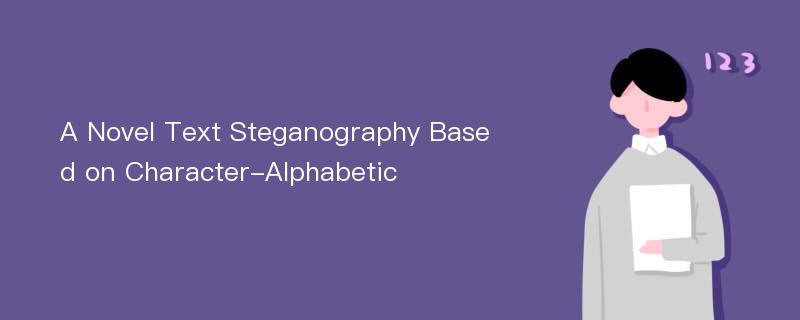
论文摘要
Modern computer networks make it possible to distribute documents quickly and economically. This is because of the decreasing cost of the equipment needed to copy, to print and to process the information. The widespread adoption of electronic distribution of copyrighted material is accompanied by illicit copying and illicit distribution. This is why individuals, businesses and governments have come to think of how to protect their work, how to prevent such illicit activities and how to trace the distribution of a document. It is in this context that a lot of attention is being focused on steganography. Steganography is a technique that allows users to hide a message in another message so that an eavesdropper cannot even tell that a secret message is being sent. Although steganography has been with mankind since 5th century BC, the scientific study of steganography did not begin until just recently when Simmons broached the topic in his 1983 publication“Prisoner’s Problem”. Digital steganography is based on two principles of altering digitized information to a certain extent while retaining its original functionality, and also to ensure that minute changes to marked documents are indistinguishable to humans. Using steganography and digital watermarks it is possible to hide copyright information, such as the ID of the author, the date of creation, and any other piece of information necessary inside a digital document.Implementing steganography in text document is not an easy undertaking considering the fact that text document has very few places in which to embed hidden data. Any minute change introduce to text objects can easily be noticed thus attracting attention from possible hackers. Though a lot of schemes have been proposed which to a large extent maintains the economic and aesthetic value of the document after embedding, most of these schemes do not boast of large embedding capacities. This project investigates the possibility of embedding data in text document by manipulating the alphabetic order of the constituent characters of words not less than four characters long. The scheme embeds bits in text according to the alphabetic structure of the words, the respective characters are compared with their neighboring characters and if the first character is alphabetically lower than the succeeding character according to their ASCII codes, a 0 bit is embedded otherwise 1 is embedded after the characters have been transposed. Before embedding, the secret message is encrypted with a secret key to add a layer of security to the secret message to be embedded, and then a pseudorandom number is generated from the word counts of the text which is used to mark the starting point of the embedding process. A system is developed and implemented to test the feasibility of the scheme. The scheme is robust against character statistical attacks as well as copying and editing. Also the embedding capacity of the scheme is relatively high. The work also gives a general introduction to steganography focusing on its defining properties and algorithms as well as areas of applications.
